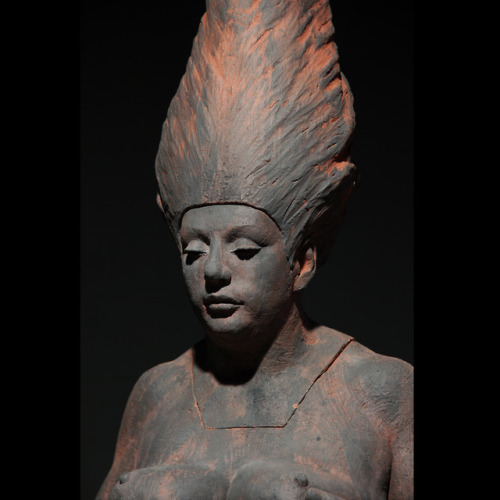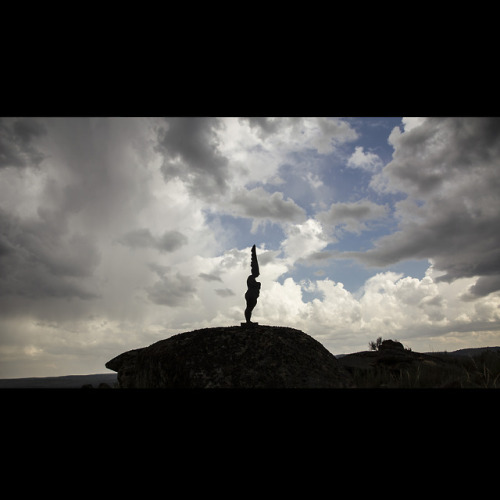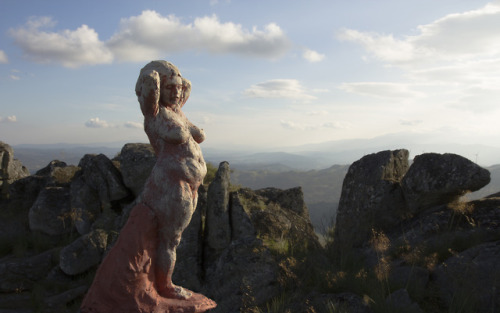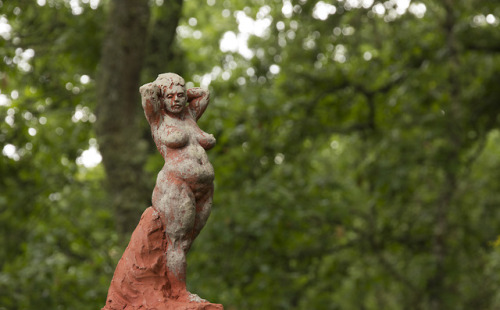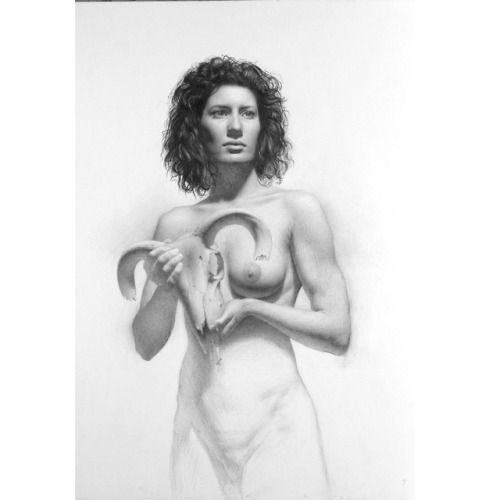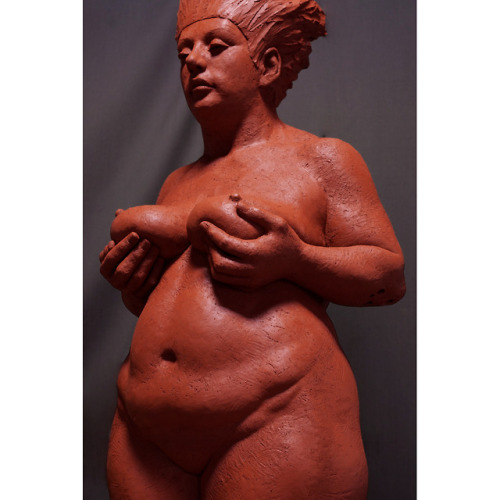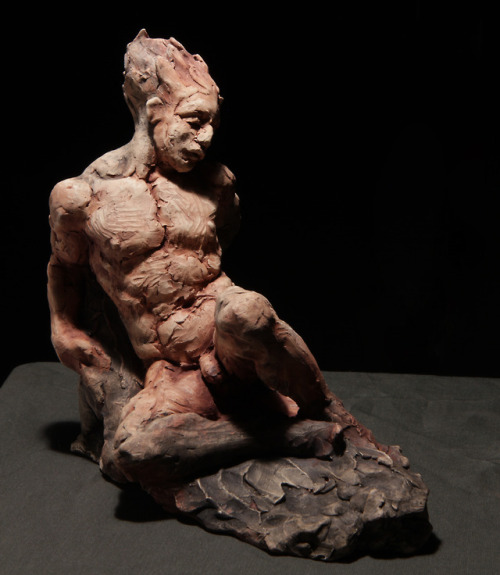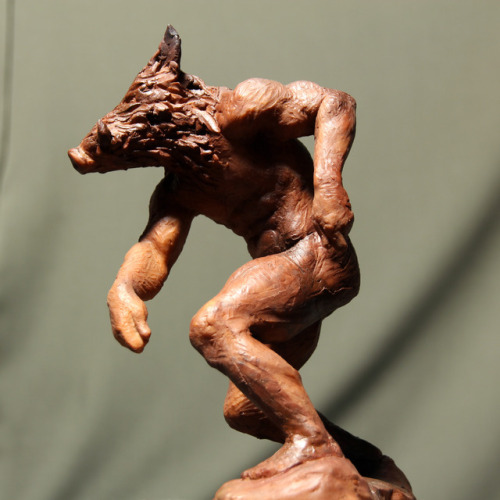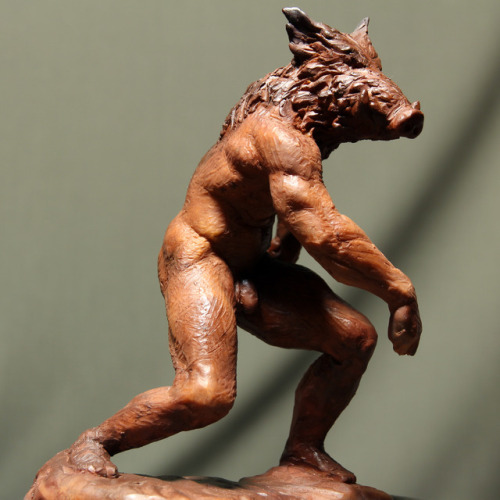#indo-european
The words for ‘one hundred’ in Indo-European languages exemplify an ancient sound change – the centum/satem split (the Latin and Avestan words for ‘one hundred’ respectively).
Proto-Indo-European has been reconstructed as having three ‘series’ of velar consonants – palatal velars, plain velars and labiovelars (*kj, *k and *kw respectively). However, in nearly all daughter languages, these three series collapsed into two. Languages on the centum-side of the split merged the palatal and plain series to be left with *k and *kw and those on the satem-side merged the labiovelars and plain series to give *kj and *k.
It was thought to be the case that the centum/satem split represented an ancient dialect division of Indo-European languages. Most centum-languages are found in the west whilst most satem-languages are found in the east. However, a number of problems with this view exist. Tocharian is a centum-language but is (or was) the furthest east of any Indo-European language. There is also evidence that some languages kept the three series distinct in certain environments longer than others, e.g. Luvian (an extinct IE language spoken in Anatolia).
This, plus other evidence, suggests that the centum/satem labels are better viewed as descriptive shorthands which are used to label mergers which occurred independently in various Indo-European daughter languages (although this view raises problems of its own as well!).
Relativization strategies
How do languages form relative clauses like “the man that ate bread went home”.
- Relative pronoun/particle/complementizer - “the man [that/whoate bread] went home”. Typical of Indo-European, Uralic and Semitic languages.
- Correlative relative (non-reduction) - “the man [who ate bread], [that man] went home or “the man [he ate bread] went home” - this strategy involves an anaphor, repeating the antecedent with a noun/pronoun. Pronoun retention is also lumped in here. This strategy occurs in Indo-Aryan languages (Hindi, Bengali, Punjabi, Gujarati, Marathi, etc.), in Mande languages (e.g Bambara in Mali), Yoruba, Lakhota, Warao, Xerente, Walpiri, etc.
- Nominalized/participial relative - “the [bread eating] man went home” or “the [bread eaten] man went home” - I lumped this two together because the behaviour is very similar - used in Turkic, Mongolic, Koreanic, Dravidian, and Bantu languages.
- Genitive relative - “[ate bread]’s man went home" - used in Sino-Tibetan, Khmer, Tagalog, Minangkabau, and Aymara.
- Relative affix - “the man [ate-REL bread] went home” - used in Seri, Northwest and Northeast Caucasian languages and Maale (Omotic).
- Adjunction - “the man [ate bread] went home”, with no overt marker just justapositions modifying the main clause. Used in Japanese, Thai, Shan, Lao, Malagasy.
- Internally headed relative - "[the man ate the bread] went home", the nucleous is in the relative clause itself. Used in Navajo, Apache, Haida.
If you know about the languages left in blank, please let me know!
Post link
“The Trance Ritual”
Here is the finnished drawing of the previous post. It took ages to take a decent photo as the drawing was stubbornly glaring at the camera… hard lessons in photographing drawings… always fun.
Post link
The title for this piece is still undefined but its part of my upcoming sculpture show. It’ll be about the Neolithic period, it’s matriarchal societies and the subsequential transition to more violent eras. Keep in tune for more stories made of stone.
In this piece I experimented with white chalk and grafite mixed together, it can get mushy but some of the results are delicious.
Post link
Here’s some detail shots of my Neolithic inspired figure, I have posted this before but I really like showing details. Here she is, feeding the world.
Post link
Late summer photo shoot of my Neolithic Venus. I took the piece to the “Côa” river valley, a place that seemed to be of utmost importance scince at least 20 000 years. Thousands of rock engravings have been found on this site, no one knows what the meaning of such a high concentration of engravings is but… it feels right to bring my sculpture over here. It’s also delicious to finalize a piece with a glorious landscape photo shoot.
Post link
“Offerings II”
On the first drawing of this series I used the skull of a male mammal as a symbol of ovaries, on this piece I used a sheep’s skull to represent… “masculinity”… really curious coincidences of patterns in nature… Graphite, white chalk and black wax pencil on hand toned paper.
Post link
This weekend I took my latest ceramics experimentation to the wild (my home city). It’s beautiful and super close to incredible locations. The first nature shot was in one of the holiest places of pagan Iberia: “Cabeço das Fráguas”. This site contains an incredibly rare inscription describing a ritual to the old gods in an ancient indo-european language. The rest of the shots where taken in the vicinity of continental Portugal’s highest mountain, Serra da Estrela.
Post link
“Offerings”
Super cool how the head of a ram with no horns attached almost resembles the shape of ovaries and utterous.
Graphite and black wax pencil on paper.
Post link
A sneak peek at the development of this Neolithic Goddess interpretation. After this it’s the Tetris stage… also known as hollowing out… I’ll have to cut the piece into a puzzle, let it dry out, and then, to the kiln. Exciting moments!
Post link
A sketch for a river god piece.
I went to the douro valley for a proper display of the sculpture, a homage to Reve, one of the old gods, with the Douro river in the background.
Post link
“The owl worshipping woman”
Based in arqueological Neolithic artifacts from the Iberian peninsula. The female goddess assumed many shapes, most frequently she was represented with the eyes of an owl. He is my interpretation on these findings.
Post link
Looking for new concepts, poses and ideas in small sketches. This one is called"sus scrofa" and I might turn it into a big sculpture.
Post link
In Urdu we don’t say “I won’t give you what you want” if that person went out of line and then asked for a favour, we informally say “تیرے باپ کا راج چل رہا ہے؟ (Teray baap ka raaj chal raha hai ? [“ch” as in “chair”])” which roughly translates to “Is this your father’s kingdom?” and I think that’s beautiful.
Submitted by @armedwithsarcasmandrandomfacts, with the help of @pseudomomnas,@allela21 and @mino-lingual
[general resources by the fantastic @mino-lingual: for grammar this drive,Urdu lessonsandUrdu English Dictionary]
In Norwegian, we have this saying “Ta en spansk en” which translates to “Take a Spanish one” which we use if we want to take a rough turn or do something a little wild.
Submitted by @galx-a, with the help of @marilingo
[resources:bab.la,“Norwegianisms Part II: Full Pupp !”,“Tar du en spansk en ?” (in Norwegian) and “Kjenner du opprinnelsen til disse fem uttrykkene ?” (in Norwegian)]
In Romanian we don’t say “Mind your own business”, we say “Nu-ți băga nasul unde nu-ți fierbe oala” which roughly translates to “Don’t stick your nose where your pot ain’t boiling” and I find it so funny.
Submitted by @the-useful-human, with the help of @valiantlyjollynightmare,@dontbringthebiggunsand@so-theycallme-razorboy
[resources:Dicţionar român-englez,WordReference.comandReverso Context]
In French, we don’t say “thong” to refer to the clothing item, we say “(le) string [(\lə\) \stʁiŋ\]”. But in European French, we also have the word “(la) tong [(\la\) \tɔ̃ɡ\]” that translates to the beach slippers/sandals commonly known as “Flip-flops” and I always found it confusing.
Submitted by @sweet-kokoro-15
[resources:Wiktionnaire about “string” (in French)andWiktionnaire about “tong” (in French)]
In Sylheti Bengali, there’s a sweet dish called “ফিদা (phida)” and it sounds like the word for “punch/hit” which is also “ফিদা (fida)”. So as a joke, cousins and siblings would ask “ফিদা খাইটা নি ? (Fidā khā'iṭā ni ?)” which means “Do you want ‘fida’ ?” and if you say yes they might punch you playfully because after all you agreed to a punch (fida), not a sweet dish (phida).
Submitted by @nanacians, with the help of @bonedholt
In Bengali we don’t say “squirrel” we say “কাঠবিড়াল (kāṭhabiṛāla)” which translates to “wood cat” and I think that’s just damn cute.
Submitted by @bonedholt
[resource:Shabdkosh | शब्दकोश,WordHippo,bdwordandWikipedia/বাংলা উইকিপিডিয়া (in Bengali)]
In Danish, when the wind is really strong we can say “Det stormer/blæser en halv pelikan”, it directly translates to “It’s storming/blowing half a pelican” and I have absolutely zero idea why.
It is an older saying though, so not everyone will know it.
Submitted by @grapethranen, with the help of @ezhs
[resources: the article “Hvorfor siger vi, at det blæser en halv pelikan ?” in the Kristeligt Dagblad (in Danish), this blogpost “Det blæser en pelikan” by TALEMÅDER - SJOVE ORDSPROG(in Danish)and this video “Derfor siger vi, at det blæser en halv pelikan” by the weather and news stationDR (Danmarks Radio)(in Danish)]
In Irish Gaelic we don’t say “Santa Claus" or “Father Christmas”, we say “Daidí na Nollaig” which means “Daddy December” and I think that’s beautiful.
Submitted by @m1c-drop
In Brazilian Portuguese, we don’t say someone “does crazy and weird things”, we say they are “porra louca*” which literally translates to “crazy semen” and I love those weird quirks in languages.
Submitted by @houseofthebattlegenie, with the help of @polyglotpearl
[*corrected by anonymous (and everyone else in the comments ^^’’)]








